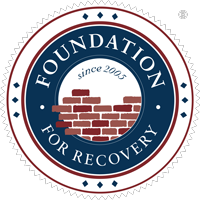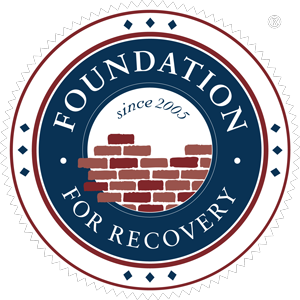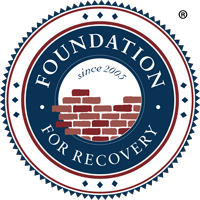Seventy-five years since the founding of Alcoholics Anonymous, many of the basic principles of 12 Step programs are well-known throughout American social and popular culture. One of the most recognizable aspects of 12 Step programs is the complete abstinence from alcohol and other drugs when in recovery from chemical addiction. It may come as a surprise to learn, then, that various intoxicating substances historically were often used in the medical community to treat addictions to other substances. Even Sigmund Freud, the father of psychoanalysis, bought into this theory, prescribing cocaine as a treatment for his morphine-addicted patients, ultimately becoming a cocaine addict himself.
In the 1880s, at the beginning of his career, Sigmund Freud was looking to make a professional name for himself in a specialized area of psychiatry. Freud tried cocaine for the first time in April of 1884, his curiosity piqued by an 1883 medical paper by Bavarian army surgeon Theodor Aschenbrandt, in which the author described the successful use of cocaine to revive exhausted soldiers. As Freud started experimenting with the stimulant, he was also excited about cocaine’s potential to treat morphine addiction. Inspired by an 1880 article in the DetroitTherapeutic Gazette (pg.253) by William H. Bentley advertising cocaine as a cure for alcoholism and opium addiction, Freud began to prescribe cocaine to treat addiction in his friends and patients.
Freud was so eager to get in on the ground floor of cocaine that he published his first paper on the subject, “Uber Coca” (“On Coca”) (pg.504) in July of 1884, just months after becoming acquainted with the drug. In his hastily-written and -published paper, Freud misrepresents much of what we now know to be true about cocaine. Among the inaccuracies in “Uber Coca” are claims that cocaine has an anesthetic effect when applied directly on the skin, that cocaine reduces morphine withdrawal symptoms and cures addiction, and that cocaine is not addictive. Also in this article, Freud reports conducting an experiment on cocaine’s stimulant effects that appears to modern readers to be quite reckless:
By way of an experiment, Sir Robert Christison–who is seventy-eight years old–tired himself to the point of exhaustion by walking fifteen miles without partaking of food. After several days he repeated the procedure with the same result: during the third experiment he chewed 2 drams of coca leaves and was able to complete the walk without the exhaustion experienced on the earlier occasions; when he arrived home, despite the fact that he had been for nine hours without food or drink, he experienced no hunger or thirst, and woke the next morning without feeling at all tired. On yet another occasion he climbed a 3000-foot mountain and arrived completely exhausted at the summit; he made the descent upon the influence of coca, with youthful vigor and no feeling of fatigue…” (Musto, 345)
After “Uber Coca,” Freud went on to publish three more papers lauding the alleged benefits of cocaine. In 1886, just two years after his first publication on the drug’s wonders, cocaine was proven to indeed be addictive. By then, however, it was too late for Freud’s friend Ernst von Fleischl-Marxow; in an attempt to cure him of his morphine addiction, Freud had treated his friend with cocaine. Fleischl-Marxow ultimately bankrupted himself in his pursuit of cocaine and struggled with addiction until his death at the age of 44 in 1891. Many historians and biographers argue that Freud, too, became addicted to cocaine and struggled for the rest of his life with the drug’s adverse effects on his health.
It may be easy to discount early treatment of addiction with cocaine as the work of quacks and crack pots. Before judging, however, we need to first recognize the attempts of early medical and pharmaceutical professionals as they attempted to tackle the growing problems of alcohol and drug addiction in the late nineteenth and early twentieth centuries. True, Freud was anything but thorough in his research on cocaine and ultimately rushed many dangerous untruths about cocaine to press in an attempt to attain fame in the medical community. However, there were many other less famous doctors and scientists working at that time to find legitimate ways to ease the suffering of addicts. 126 years later, as we benefit from hundreds of years of medical research on the disease of addiction, we are lucky to know more about the dangers of cocaine and other drugs, and to have an arsenal of treatment and recovery options for the disease of addiction.
For more about the history of addiction and recovery, read William L. White’s comprehensive history Slaying the Dragon: The History of Addiction Treatment and Recovery in America, available for purchase at the Foundation for Recovery store.










